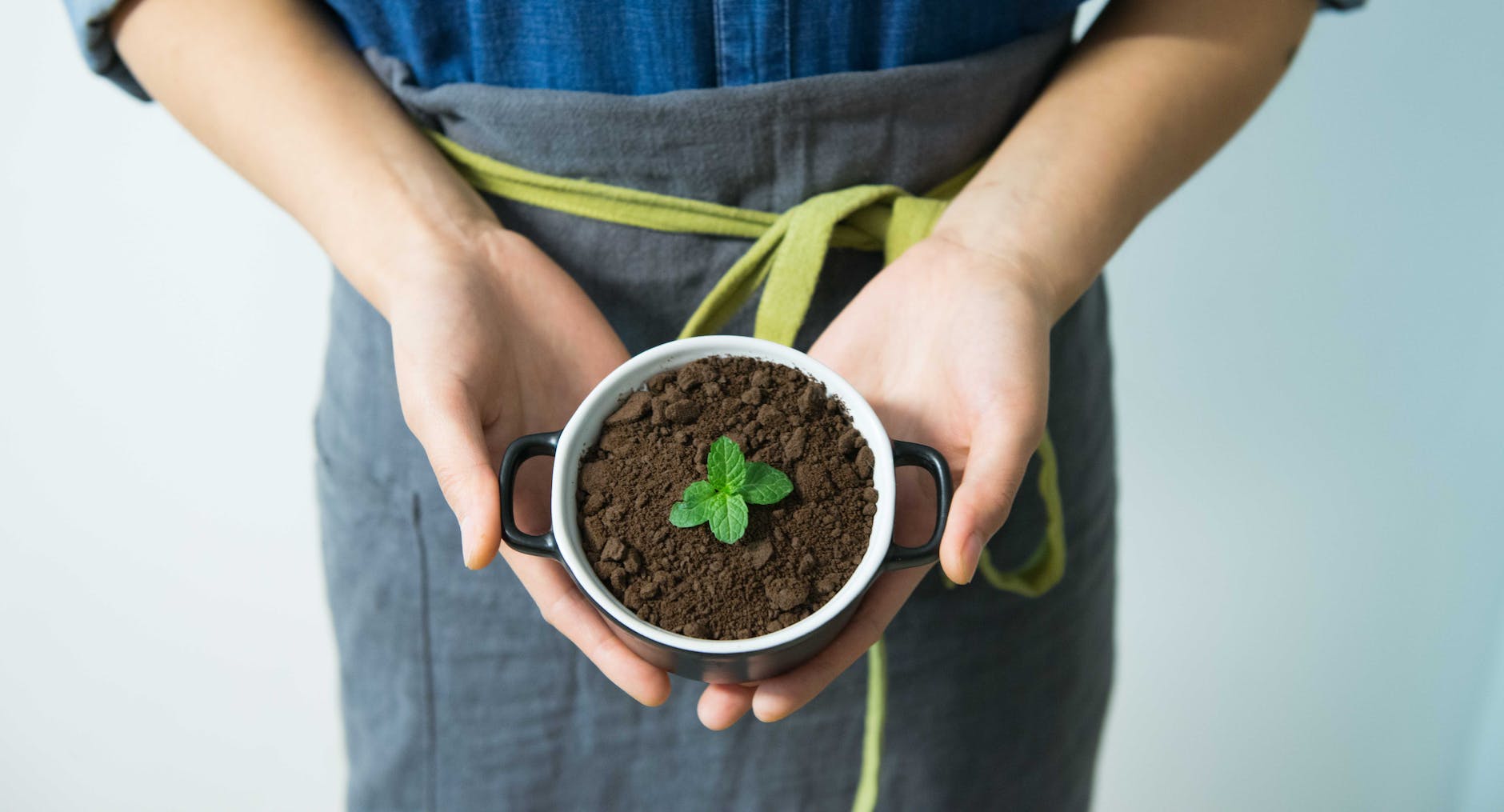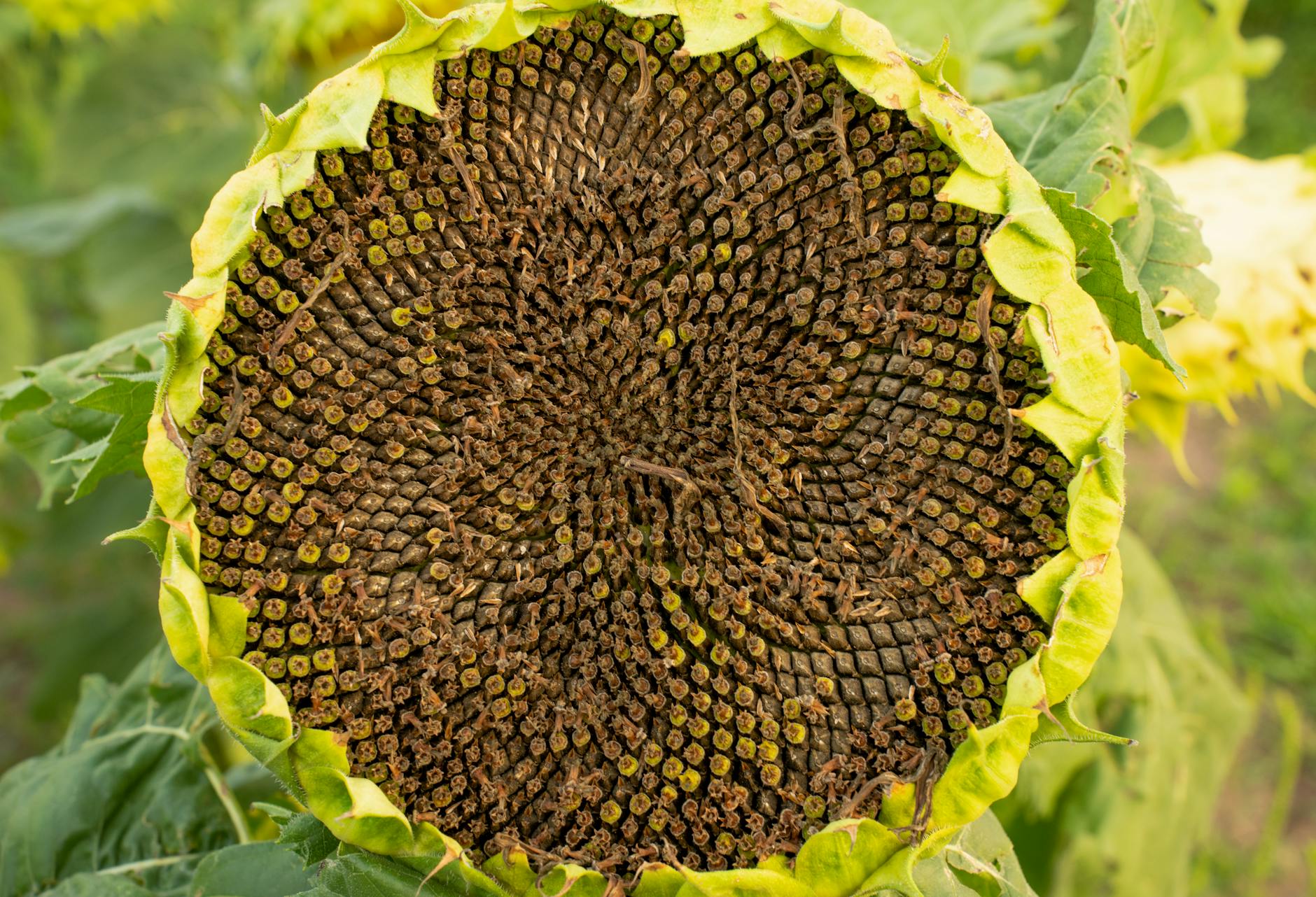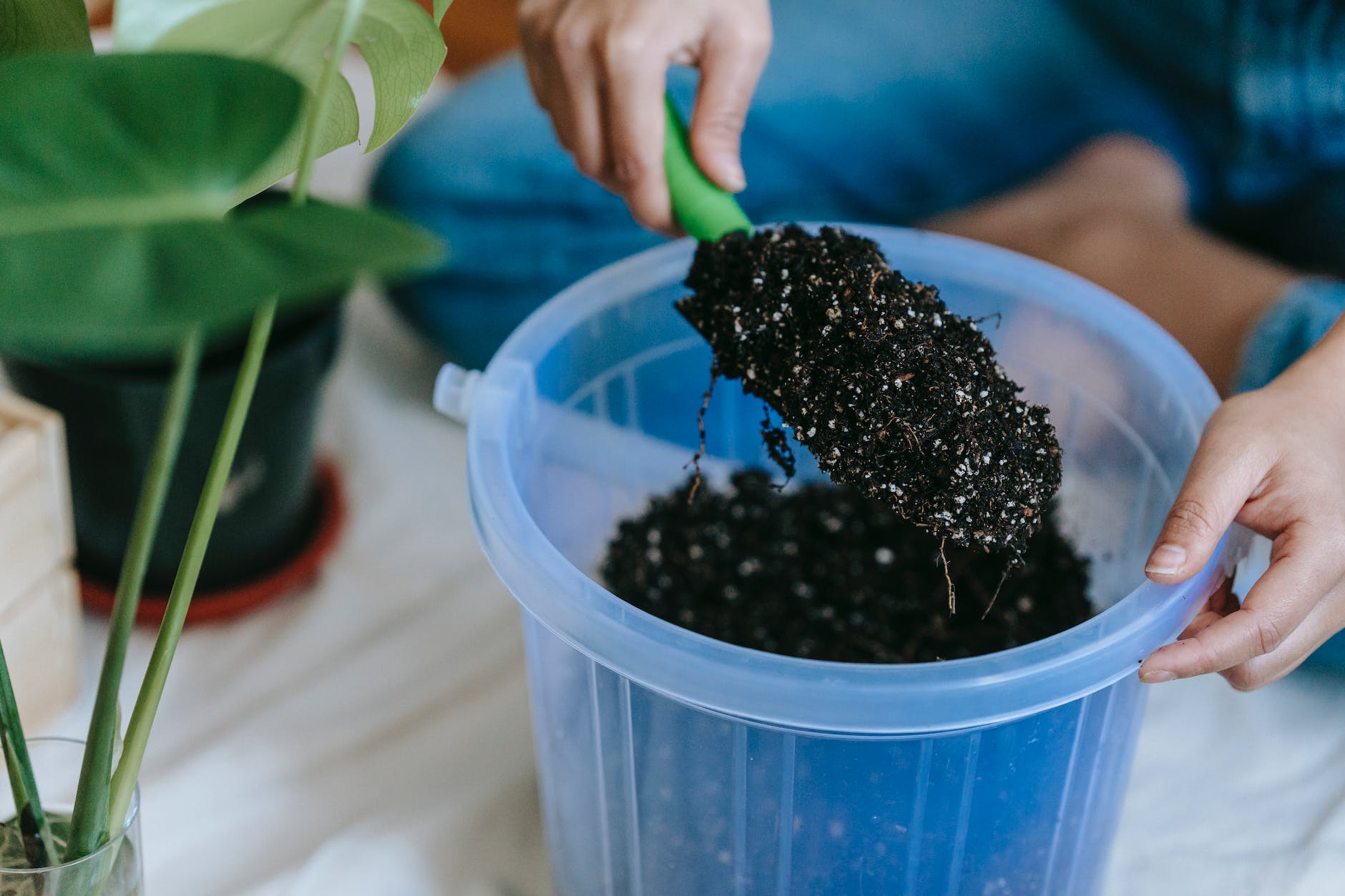The cannabis cultivation industry has grown considerably over the years, with many enthusiasts deliberating over ideal growing methods to achieve the best yield and potency. With both indoor cultivation and outdoor cultivation having their unique benefits and drawbacks, this brings us to the burning question: Which is the better method of cultivating cannabis, indoor or outdoor?
To answer this, it is essential to understand the distinctive features of indoor and outdoor growing, focusing on aspects such as sunlight vs. artificial lighting, climate control, soil vs. hydroponics, pest control, yield efficiency, the environmental impact, and cultivation tips.
Indoor Cultivation Pros and Cons
Proponents of indoor cultivation appreciate the control it affords over every aspect of the growing process. Cultivating cannabis indoors often means using artificial lighting. This enables growers to manipulate light exposure, enhancing yield efficiency. An indoor setup also allows for climate control, ensuring that plants are not exposed to drastic weather conditions and can grow in optimally controlled environments.
From a pest control perspective, indoor grows significantly reduce the risk of infestation, compared to their outdoor counterparts.
However, indoor growing does have a few drawbacks. More than the initial costs of setting up a controlled environment and ongoing electricity costs for lighting, climate control, and ventilation, environmental considerations also come into play. Indoor cannabis growing has a larger carbon footprint than outdoor cultivation due to energy consumption.
Outdoor Cultivation Pros and Cons
One of the most significant advantages of outdoor cultivation is its cost-efficiency. Unlike indoor cultivation, where one might have to create optimum conditions artificially, nature provides all the necessary elements for healthy plant growth, from natural soil to sunlight, at no extra cost. Exposure to natural sunlight can lead to robust plant growth compared to artificial lighting setups.
Additionally, outdoor cultivation has less of an environmental impact due to reduced reliance on artificial light sources and environmental control systems.
However, outdoor growth comes with its own set of trade-offs. While pests might not be an issue indoors, outdoor growers have to be more proactive about pest control. Cultivating outdoors means your crops are more prone to bugs, mites, and rodents.
With outdoor cultivation, the grower has less control over the climate, which could negatively impact plant health, especially in extreme weather conditions. Besides, you are also at the mercy of your growing season, limiting the frequency of your harvests.
Indoor Vs. Outdoor – The Final Weigh-in
Both indoor and outdoor cultivation have their pros and cons. Indoor growth is ideal for growers seeking better control over cultivation conditions, and while it might require significant initial investment, it can deliver high-quality cannabis. On the other hand, outdoor cultivation is cost-effective and environmentally friendly but comes with its own set of challenges like weather dependence and pest control.
In the end, successfully growing cannabis comes down to understanding and meeting the plant’s needs to the best of your capacity, be it indoors or outdoors. It’s critical to educate yourself and persist in trial and error, experimenting with different cultivation tips to refine your process.
Whether you choose indoor or outdoor cultivation, remember that both methods are viable and can yield good results. The choice between indoor or outdoor cultivation, therefore, largely depends on factors such as availability of space, budget, time, effort, environmental concerns, and personal preferences.


